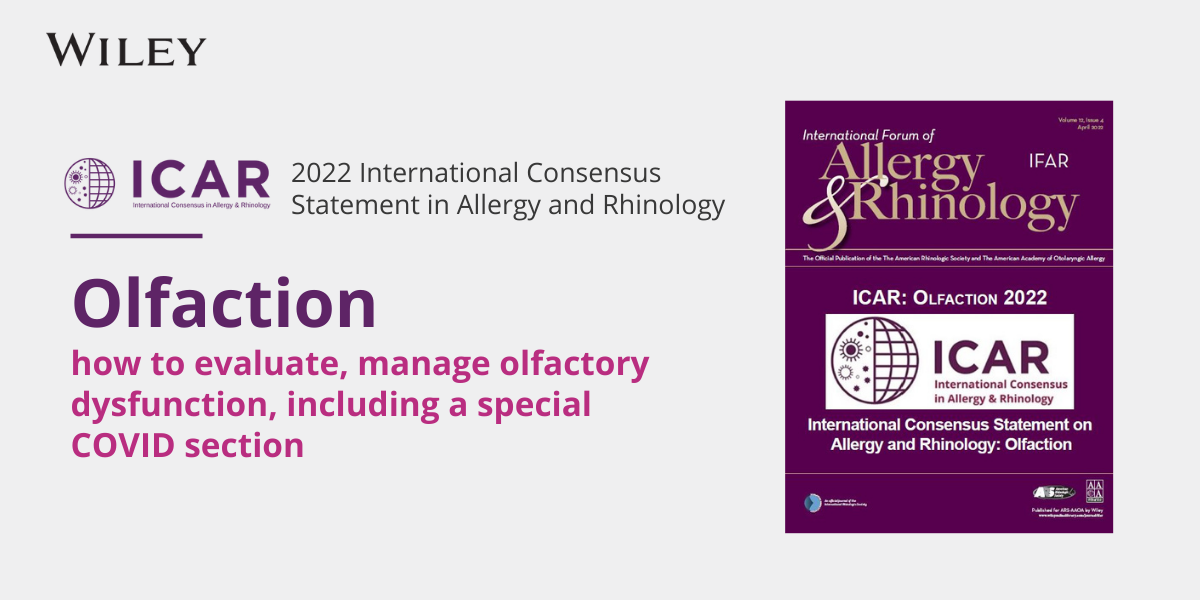Understanding how payers define a billable unit for immunotherapy vial prep is essential to better ensure reimbursement. Practices should be aware of their payer policies and keep an annual checkup process in place to note changes or proposed changes with…
An Update on Federal Appropriations and the Government Shutdown
Despite efforts to fund the government for fiscal year (FY) 2026, Congress could not reach an agreement on a short-term continuing resolution (CR) or final FY 2026 appropriations before the September 30 deadline. This lapse in appropriations triggered a government shutdown, and at this time, it’s unclear when and how Congress will reopen the government.
Prior to the shutdown, the House passed a CR that ran through November 21 on a partisan basis. It would have funded the government at current levels for an additional seven weeks, giving Congress time to pass final FY 2026 appropriations bills. However, Senate Democrats who released their own version of a CR that ran through October 31 and addressed health care issues, including extending the Affordable Care Act subsidies and reversing the Medicaid cuts recently adopted in the One Big Beautiful Bill Act. This alternative failed in the Senate, as did the House-passed version, raising the chances for a government shutdown. House Speaker Mike Johnson (R-LA) has sent members home for recess until October 6 guaranteeing at least a short-term shutdown.
Activities needed for the safety and protection of property will continue during a shutdown. As we prepare for what may be a lengthy shutdown, here is important information about how Medicare and federal research programs will be affected by the shutdown. The Office of Management and Budget (OMB) released a memo instructing federal agencies to prepare for reductions-in-force plans targeting employees who work for programs not legally required to continue or are not consistent with the administration’s priorities. This direction differs from typical shutdown instructions and may be subject to a legal challenge should it be implemented.
Medicare: Because Medicare is supported by mandatory funding, not annual appropriations, beneficiaries will still be able to access services and physicians can continue to submit claims, which will be paid. However, those payments may be delayed in a prolonged shutdown. The staff responsible for drafting and finalizing the annual Medicare payment rules, including the Physician Fee Schedule and Hospital Outpatient Prospective Payment System, will be furloughed, so the release of the final calendar year 2026 rules, which typically are expected around November 1, will be delayed in a prolonged shutdown.
Medicare Telehealth Services: The Medicare telehealth flexibilities expired on September 30. Therefore, Medicare telehealth rules will revert to those in effect prior to the COVID-19 public health emergency. Only beneficiaries in rural areas will be eligible to travel to a qualified originating site to receive telehealth services. No Medicare beneficiaries will be able to receive telehealth services in their homes. Additionally, audio-only services will not be covered while this policy has lapsed. Should physicians bill for these services, they will not be reimbursed unless the patient is in a rural area or at a qualified originating site.
National Institutes of Health (NIH): Both the intramural and extramural research programs will be affected by the shutdown, since employees supporting both programs will be furloughed. On the intramural side, the Clinical Center will continue ongoing activities to maintain safety and continue care; however, new patients will not be admitted. Basic services to protect animals and maintain ongoing experiments and facilities will be supported on the intramural campus.
For those with extramural research funding, grantees who received awards prior to the shutdown can continue to draw down those grants except in instances where the award included restrictive terms and conditions. Researchers will not be able to contact their program officers with questions or access other support systems like the eRA Helpdesk.
New grant applications will not be processed during the shutdown; any applications submitted during the shutdown will not be processed until the government reopens, and NIH may recommend that applications submitted during the shutdown be resubmitted once the government is funded. No grant awards will be processed, and those processed prior to the shutdown with an award date of October 1 or later will not receive their Notice of Award until after the government reopens. NIH will be unable to conduct peer review meetings, or advisory council meetings. Web-based systems to support such meetings may also be unavailable until operations resume.
Congressionally Directed Medical Research Program (CDMRP): Almost all staff at the CDMRP will be furloughed due to the government shutdown, with few critical staff remaining. While previous shutdown guidance shared that all application deadlines in October will stay in place, its grant processes will be delayed if there is an extended government shutdown due to program officers being furloughed. All contracts are paid up front so research activities funded under the CDMRP should continue with little to no interruption. However, this program could be targeted as being inconsistent with the administration’s priorities under the recently released OMB memo.




